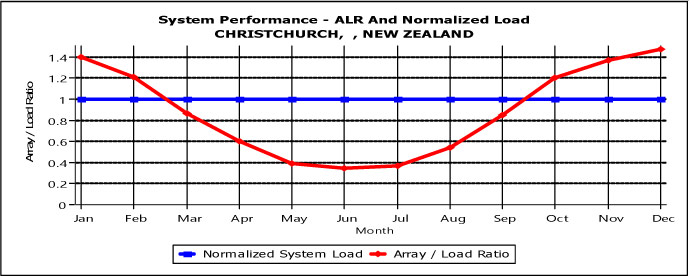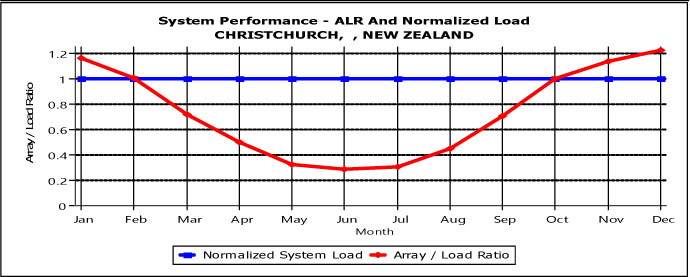We have been designing Marine & Motorhome charging systems for over 12 years and have seen many changes in the industry and new inventive solutions are developed to address known shortcomings of traditional solutions. The biggest is the inclusion of DC charging from the vehicles alternators, programable regulators, MPPT as a standard for solar and arrays getting larger to meet today's power-hungry demands.
Subsequently with the recent demand for off-grid tiny living, we have been asked how to power a tiny home? The same information applies in all 3 instances as the demand for power generally exceeds the available roof space which isn't that much different from a motorhome or boat, it just doesn't have an engine to power it.
One of the most common questions is how much power do I need? Then how much solar do I need to support that amount of power? Given every person's needs are different maybe it's best to just give two examples of what's common for a Marine or Motorhome installation and you guys find out where you fit on the consumption scale.
In this first example, we investigate how much solar is required when we have a very modest 30W (2.34A) current draw 24 hours a day like what a small fridge would consume with 300W of solar mounted flat on your roof or deck with a latitude across the country in Christchurch which has average sun hours for the country.

You can see that in February with an array/load ratio (which means the amount of excess power available) you are going to start to have issues if the weather isn't sunny every day. Depending on the size of your battery bank it will change how many days it is until your bank is 100% discharged. But just important is it will take 5 days of full sun to recharge a completely flat battery bank is sized as we had with a small 100Ah battery. By March you will remain in deficit till September and your batteries will be severely damaged and not able to function correctly throughout summer again if it was not for the arrays power running devices during the day.
In the second example we increase the power drain to 40W per hour continuously (24 hours per day) which might reflect a fridge freezer, or LED lighting, USB chargers, TV or radio, recharging a notebook, occasional use of a water pump. We used a 200Ah battery bank and kept the same 300W solar array using the same MPPT solar controller.

You can see above power might start to become something to savour throughout January but you won't see enough again till October and that month will really be all about trying to maintain a full charge even if you did charge on a generator or mains power on the 1st Oct. Your battery would have had an average State of Charge of just 76% and would most definitely be sulphated. These deficit charging won't fully be noticed till February in the second year when things all start going wrong and you start complaining about how poor the batteries performance has been. Of course, the opposite is true, the solar arrays ability to collect the required amount of power required has been lacking, resulting in battery failure.
